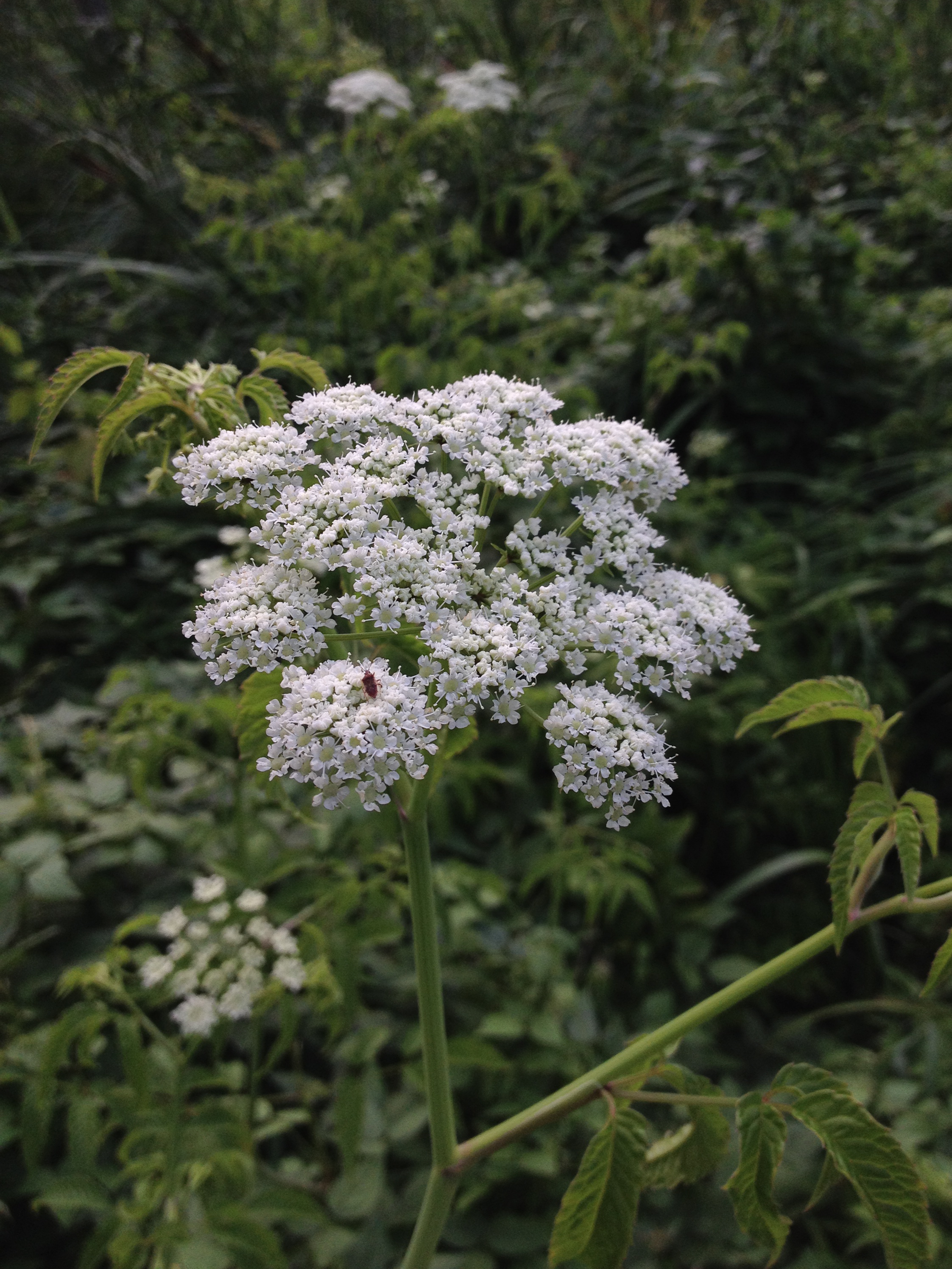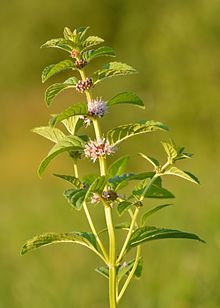Post Category : Field Life
Edible Plant Series – Wild Mint
For this installment of the Edible Plant Series we will showcase wild mint. Mentha arvensis is a fairly common flowering plant that is found all over the world. It likes to grow in low-lying poorly drained areas, and will commonly be found along creeks and rivers, or in grassy areas bordering muskegs. It can be hard to spot as it may be hiding amongst taller grasses and weeds. You will usually smell it long before you see it, as it gives off a distinct, pungent, but pleasant aroma.

A quick cautionary note: Always be sure to correctly identify wild plants before you ingest them. There are plants, such as water hemlock (Cicuta spp.), that are extremely toxic and can be fatal if ingested. Like wild mint, water hemlock grows in poorly drained areas and they are often found in the same locations. I was raised in cattle country in northern Alberta, and I remember a couple instances when local cows died from accidentally ingesting water hemlock. Mature plants vary greatly in size, with water hemlock reaching heights of 2.5 m tall, but all plants start off small. So when it comes to eating wild plants, it is best to just assume everything will kill you, unless you know for certain that it won’t.

I was first introduced to this fragrant little plant by my friend Jonah while we were conducting an HRIA south of Kinuso, AB. We were quading through a muskeg and Jonah caught a wiff of wild mint. We stopped for lunch, and Jonah showed me the source of the smell. We then proceeded to pick as much as we could find during our break. After work we dried the mint by hanging it in bunches around our hotel rooms. I don’t know what the hotel staff thought when they cleaned our rooms the next morning, but Jonah said his grandma would be super happy when he brought her a bounty of her favourite tea. My girlfriend, now wife, didn’t seem very impressed when I brought her a container of dried weeds from the field, but she does enjoy the tea.
Wild mint is mainly prepared as a tea, and is traditionally used by First Nations people as a delicious hot beverage and a herbal remedy. The tea was used to treat a variety of ailments such as digestive issues and coughs, and an ointment made of mint could alleviate aches and pains. Northern Bush Craft, suggests that it can be used to flavour other food, and sprinkling powdered leaves on berries and drying meat will repel insects. Jonah said that if you are out of bug spray, you can rub mint on yourself to keep the mosquitoes away (I’ve actually heard the same about juniper berries).Varieties of mint are still used today to produce a variety of chemicals, like menthol, which has many pharmaceutical applications.
I appreciate this knowledge that Jonah shared with me, as I now know the source of this mysterious forest odour. I generally pick a bit each year to keep our supply topped up and while working, fresh wild mint provides a nice treat to refresh your mouth when you’ve been drinking tepid water that tastes like dirt all day.



